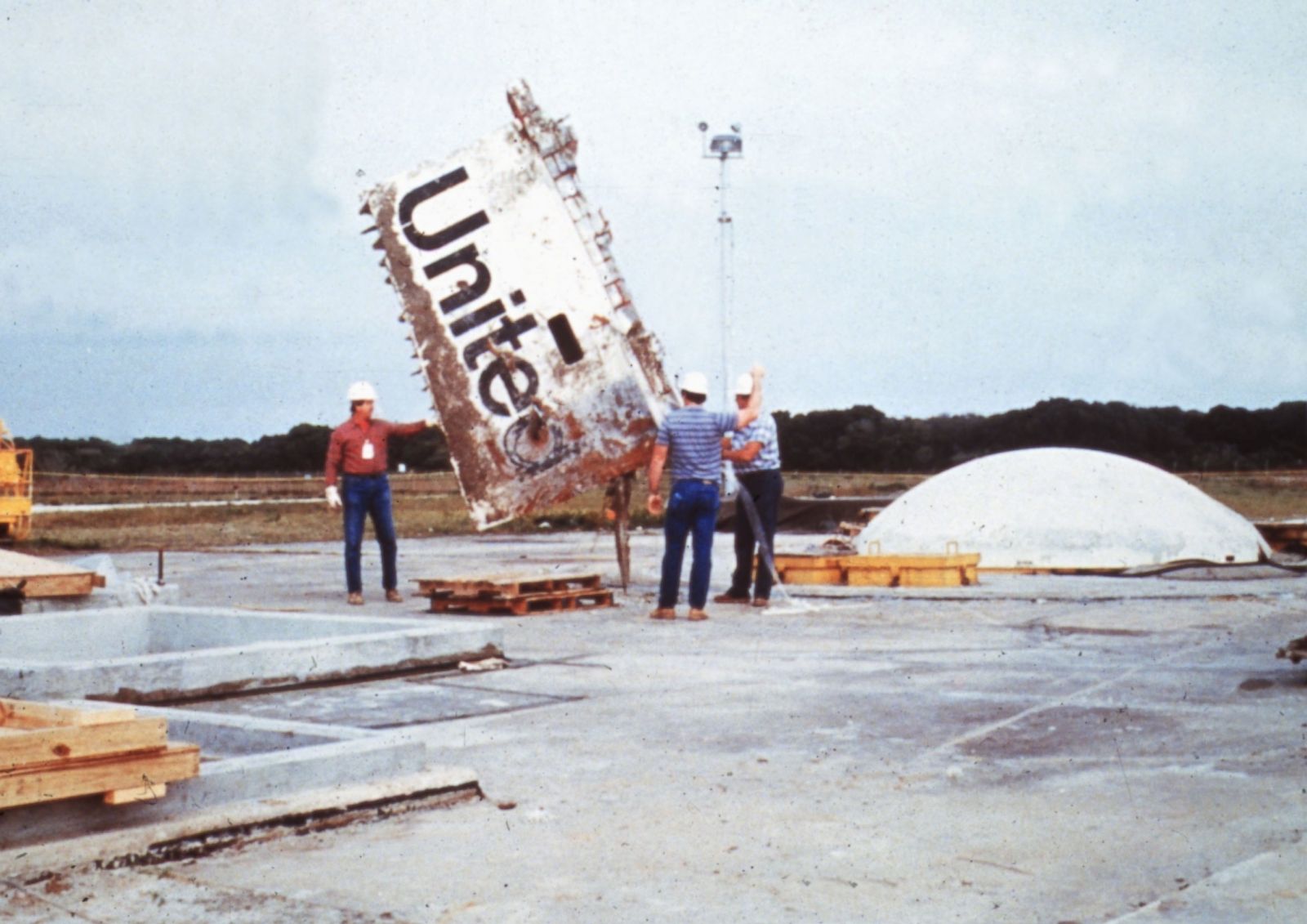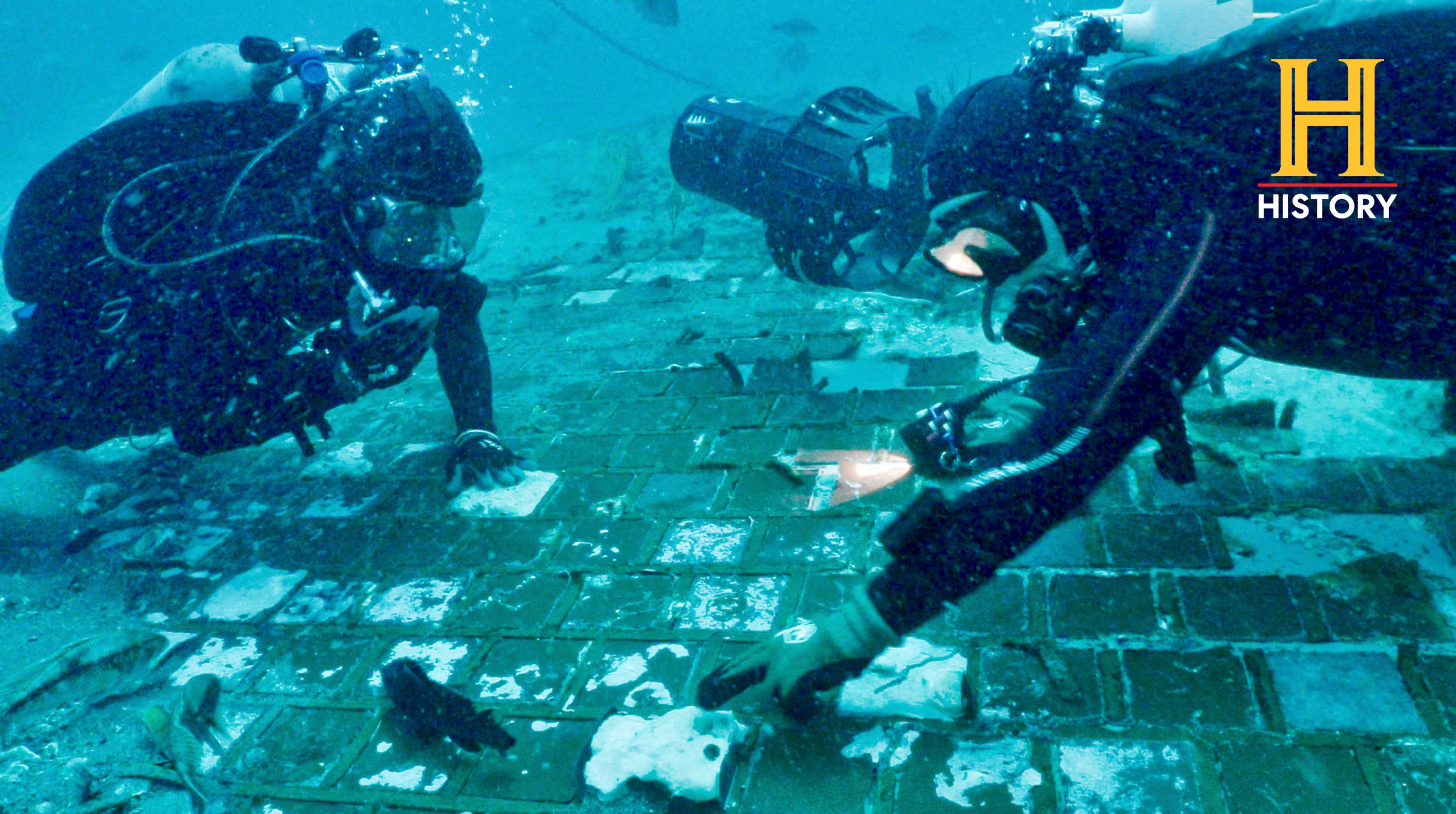Unveiling The Tragic Story Of Space Shuttle Challenger Bodies: A Journey Through History And Legacy
On January 28, 1986, the world watched in horror as the Space Shuttle Challenger disintegrated just 73 seconds into its flight, claiming the lives of all seven crew members aboard. This catastrophic event not only shook the foundations of NASA but also left a lasting imprint on humanity's collective memory. The tragedy of the Space Shuttle Challenger bodies remains one of the most poignant chapters in space exploration history, reminding us of the risks and sacrifices involved in pushing the boundaries of science and technology.
The Challenger disaster was not just a failure of engineering but also a deeply human tragedy. The crew, comprising astronauts from diverse backgrounds, included Christa McAuliffe, a civilian schoolteacher chosen to inspire millions of students. Their mission was intended to symbolize hope, progress, and the democratization of space exploration. However, the loss of the Challenger and its crew left an indelible mark on the nation, prompting profound questions about safety protocols, decision-making processes, and the human cost of exploration.
While the Challenger tragedy is often remembered for the technical failures that led to the disaster, the focus on the Space Shuttle Challenger bodies highlights the human element of this event. From the recovery efforts to the investigations that followed, the story of the Challenger is one of resilience, reflection, and a renewed commitment to learning from mistakes. In this article, we will delve into the details of the disaster, its aftermath, and the enduring legacy of the Challenger crew.
Read also:Discovering Cottontailva Ed A Comprehensive Guide To Understanding And Leveraging Its Potential
Table of Contents
- What Happened to the Space Shuttle Challenger Bodies?
- Why Did the Space Shuttle Challenger Disaster Occur?
- How Did the Challenger Tragedy Change NASA?
- Who Were the Members of the Challenger Crew?
- What Lessons Were Learned from the Challenger Disaster?
- How Did the Public Respond to the Challenger Tragedy?
- What Is the Legacy of the Space Shuttle Challenger?
- Frequently Asked Questions About the Space Shuttle Challenger
What Happened to the Space Shuttle Challenger Bodies?
When the Space Shuttle Challenger exploded, the immediate concern was for the safety of the crew. Unfortunately, the explosion was catastrophic, and the Space Shuttle Challenger bodies were subjected to extreme conditions. The crew compartment, which housed the astronauts, was torn apart during the disintegration, and the intense forces involved made survival impossible.
Recovery Efforts
Search and recovery operations began immediately after the disaster. The U.S. Coast Guard, Navy, and other agencies were deployed to locate debris and the remains of the Space Shuttle Challenger bodies. The recovery efforts were challenging, as much of the wreckage was scattered across the Atlantic Ocean. Despite the difficulties, teams worked tirelessly to retrieve the remains of the crew, which were later identified through meticulous forensic analysis.
The Role of Technology in Recovery
Advanced technology played a crucial role in the recovery process. Sonar and remotely operated vehicles (ROVs) were used to locate debris on the ocean floor. These tools helped investigators piece together the sequence of events leading to the disaster and provided closure for the families of the Space Shuttle Challenger bodies.
Why Did the Space Shuttle Challenger Disaster Occur?
The Challenger disaster was the result of a combination of technical failures and organizational oversights. At the heart of the tragedy was the failure of the O-ring seals in the solid rocket boosters, which were not designed to withstand the unusually cold temperatures on the day of the launch.
Technical Failures
The O-rings were intended to prevent hot gases from escaping the rocket boosters. However, the cold weather caused the rubber seals to lose flexibility, leading to a breach. This breach allowed flames to escape and ultimately caused the structural failure of the external fuel tank, triggering the explosion.
Organizational and Decision-Making Issues
Beyond the technical failures, the Challenger disaster highlighted significant organizational issues within NASA. Engineers had raised concerns about the O-ring design prior to the launch, but these warnings were not adequately addressed. The decision to proceed with the launch despite these concerns reflected a broader culture of risk acceptance and schedule pressure within the agency.
Read also:The Inspiring Journey Of Amy Carter And James Wentzel Love Life And Legacy
How Did the Challenger Tragedy Change NASA?
The Challenger disaster forced NASA to undergo a period of introspection and reform. The tragedy exposed systemic issues that needed to be addressed to prevent future disasters. This led to significant changes in safety protocols, decision-making processes, and organizational culture.
Reforms in Safety Protocols
In the aftermath of the Challenger disaster, NASA implemented stricter safety measures. The design of the solid rocket boosters was overhauled to eliminate the vulnerabilities that led to the O-ring failure. Additionally, new procedures were introduced to ensure that safety concerns were given higher priority during mission planning.
A Cultural Shift Within NASA
The Challenger tragedy prompted a cultural shift within NASA, emphasizing the importance of open communication and accountability. Engineers were encouraged to voice their concerns without fear of retribution, and decision-making processes were made more transparent. These changes helped restore public trust in the agency and laid the foundation for future successes in space exploration.
Who Were the Members of the Challenger Crew?
The Challenger crew was a diverse group of individuals, each bringing unique skills and experiences to the mission. Below is a table summarizing their personal details and contributions:
| Name | Role | Background |
|---|---|---|
| Francis R. Scobee | Commander | Experienced pilot and veteran of the Vietnam War |
| Michael J. Smith | Pilot | Naval aviator and test pilot |
| Judith A. Resnik | Mission Specialist | Electrical engineer and second American woman in space |
| Ronald E. McNair | Mission Specialist | Physicist and accomplished saxophonist |
| Ellison S. Onizuka | Mission Specialist | First Asian American in space |
| Gregory B. Jarvis | Payload Specialist | Engineer specializing in satellite technology |
| Christa McAuliffe | Payload Specialist | High school teacher selected for the Teacher in Space program |
What Lessons Were Learned from the Challenger Disaster?
The Challenger disaster served as a wake-up call for NASA and the broader aerospace community. It underscored the importance of prioritizing safety over schedule pressures and highlighted the need for robust communication channels within organizations.
Importance of Risk Management
The Challenger tragedy demonstrated that even small design flaws could have catastrophic consequences. This led to a greater emphasis on risk management and the implementation of fail-safes to mitigate potential hazards.
Encouraging a Culture of Accountability
One of the key lessons from the Challenger disaster was the importance of fostering a culture where individuals feel empowered to speak up about safety concerns. This cultural shift has had a lasting impact on how organizations approach risk and decision-making.
How Did the Public Respond to the Challenger Tragedy?
The Challenger disaster had a profound impact on the public, particularly because it was broadcast live on television. The loss of the Space Shuttle Challenger bodies was felt deeply by millions of people around the world, who had watched the launch with anticipation and excitement.
Memorializing the Crew
In the aftermath of the tragedy, numerous memorials were established to honor the Challenger crew. These memorials serve as reminders of the sacrifices made by the astronauts and the importance of continuing to explore space responsibly.
Inspiring Future Generations
Despite the tragedy, the Challenger crew's legacy continues to inspire future generations of scientists, engineers, and explorers. Programs like the Challenger Center for Space Science Education were founded to carry forward the mission of inspiring students through STEM education.
What Is the Legacy of the Space Shuttle Challenger?
The legacy of the Space Shuttle Challenger is one of resilience, reflection, and renewal. While the tragedy of the Challenger bodies was a dark moment in space exploration history, it also served as a catalyst for change and progress.
Advancements in Space Exploration
The lessons learned from the Challenger disaster have contributed to advancements in space exploration, making subsequent missions safer and more successful. The tragedy also reinforced the importance of international collaboration in achieving common goals.
A Symbol of Human Determination
Ultimately, the Challenger disaster is a testament to humanity's determination to explore the unknown. The sacrifices of the Challenger crew remind us of the risks involved in pushing the boundaries of knowledge, but also of the immense rewards that come with perseverance and courage.
Frequently Asked Questions About the Space Shuttle Challenger
What Caused the Explosion of the Space Shuttle Challenger?
The explosion of the Space Shuttle Challenger was caused by the failure of the O-ring seals in the solid rocket boosters, which were compromised by the cold weather on the day of the launch.
How Many People Died in the Challenger Disaster?
Seven astronauts lost their lives in the Challenger disaster, including the Space Shuttle Challenger bodies that were recovered during the search and recovery operations.
What Was the Significance of Christa McAuliffe's Role in the Mission?
Christa McAuliffe was selected as part of the Teacher in Space program to inspire students and educators. Her participation symbolized the democratization of space exploration and highlighted the importance of STEM education.
In conclusion, the story of the Space Shuttle Challenger bodies is one of tragedy and triumph. It serves as a reminder of the risks and rewards of exploration and the enduring legacy of those who dare to reach for the stars. For further reading on this topic, you can visit NASA's official website.
Discovering Meyer Brothers Funeral Homes: A Trusted Legacy Of Compassion
Discover The Altamaha River Level Today: A Comprehensive Guide
Exploring Feist Funeral Home Obituaries: A Comprehensive Guide

30 Years Since the Space Shuttle Challenger Disaster Photos ABC News

Section of Challenger space shuttle found on ocean floor The Independent